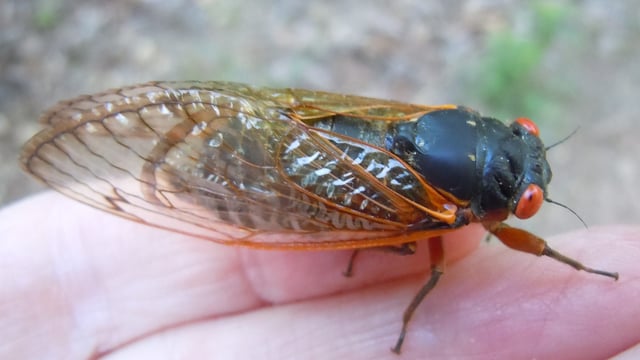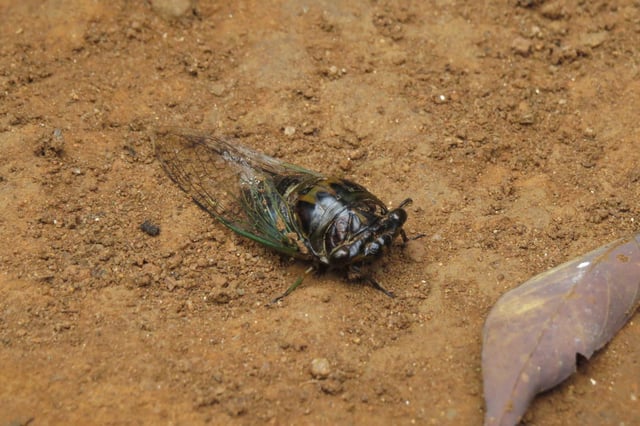Overview
- Brood XIV cicadas, dormant underground since 2008, are surfacing in their synchronized 17-year cycle, triggered by soil temperatures reaching 64°F.
- This brood spans a wide range of the eastern U.S., from New York to Tennessee, but has limited representation in northern Georgia counties like Fannin and Lumpkin.
- The emergence provides critical ecological benefits, including serving as a food source for predators, aerating the soil, and enriching it with nutrients upon decomposition.
- Citizen scientists are aiding researchers in tracking the cicadas' emergence through apps like Cicada Safari, helping expand understanding of their distribution and behavior.
- Scientists are monitoring the potential impact of climate change, with warming trends possibly altering the timing and periodicity of future cicada cycles.


